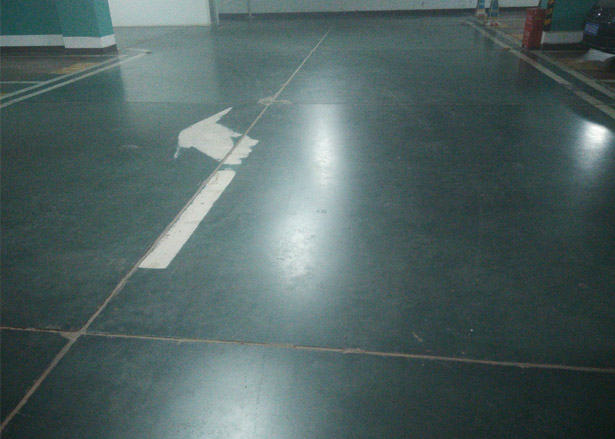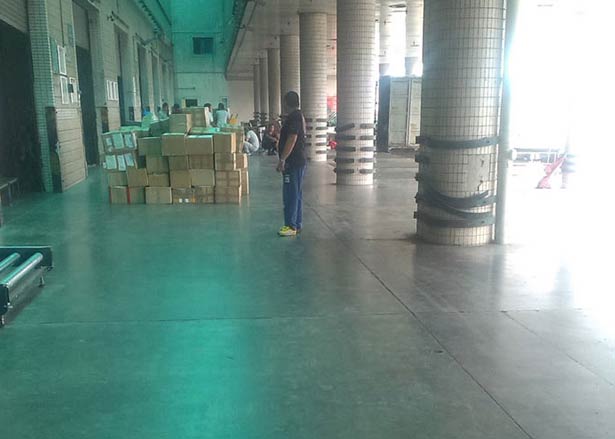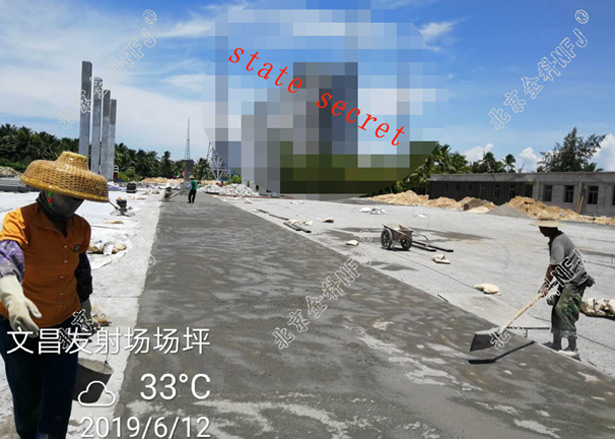## Understanding Porous Reinforcement for Plastic Composites
Porous reinforcement for plastic composites is revolutionizing the manufacturing landscape, introducing innovative solutions for enhancing material performance. This technology employs a network of interconnected pores within a reinforcing matrix, typically made from fibers or polymers, facilitating the infusion of resin during the composite fabrication process. The design and function of porous reinforcements lend themselves to significant improvements in mechanical properties while also reducing weight and improving the sustainability of composite materials.
The key components of porous reinforcement materials include the porous matrix, which is often made from materials like glass fibers or carbon fibers. These fibers are structured to create a permeable framework, permitting resin flow and curing during the composite fabrication process. The porosity not only allows for better resin uptake—leading to more uniform distribution throughout the composite—but also enhances the bond between the matrix and the reinforcement. As a result, the final composite exhibits superior tensile strength, improved thermal properties, and enhanced durability.
An essential aspect of this technology is its application of advanced manufacturing techniques, such as vacuum-assisted resin transfer molding (VARTM) and infusion processes. These methods utilize a vacuum to draw resin into the porous reinforcement, allowing for efficient and uniform material distribution. This not only accelerates the production process but also reduces waste, making it a more sustainable choice in comparison to traditional methods.
Porous reinforcement technology is being employed across various industries, from automotive to aerospace. For instance, in the automotive sector, lightweight composites can be integrated into vehicle bodies, improving fuel efficiency without sacrificing safety or structural integrity. In the aerospace industry, the use of porous reinforcement in fuselage construction helps to lower weight, enhance payload capacity, and improve fuel economy, all crucial factors in modern aviation.
Moreover, this technology promotes design flexibility, allowing engineers and manufacturers to tailor composite properties to meet specific performance requirements. As the demand for high-performance, lightweight materials continues to rise, the importance of porous reinforcement in modern manufacturing cannot be overstated.
For businesses looking to integrate this innovative technology into their production processes or explore new material solutions, it is vital to partner with reliable suppliers who specialize in advanced composite materials. Porous reinforcement for plastic composites not only exemplifies cutting-edge technology but also represents a significant advancement in efficient manufacturing practices. To learn more about how this technology can benefit your applications, feel free to contact us.
Show More >>
PRODUCTS
You are welcome to contact us at any time, please write the message here and we will reply you in 24 houre. thanks foryour support.
NEWS
May.22, 2019



